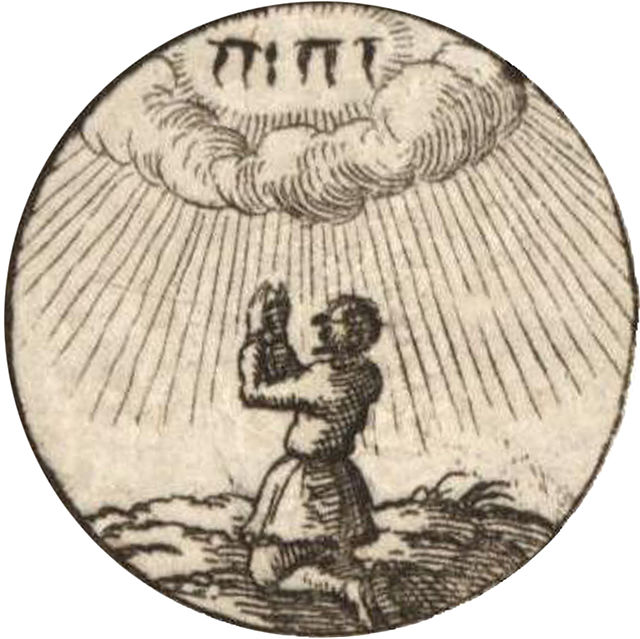Canonization is the declaration of a deceased person as an officially recognized saint, specifically, the official act of a Christian communion declaring a person worthy of public veneration and entering their name in the canon catalogue of saints, or authorized list of that communion's recognized saints.
Canonization of Elizabeth of Hungary in 1235. Sándor Liezen-Mayer (1863).
Pope Pius II canonizes Catherine of Siena.
The Turkish atrocities in Bulgaria (1876). On 3 April 2011, Batak massacre victims were canonized as saints.
On 4 November 1992, the Holy Synod of the Church of Greece unanimously declared saints those Christians who had been tortured and massacred by the Turks in the Great fire of Smyrna in 1922.
In Christian belief, a saint is a person who is recognized as having an exceptional degree of holiness, likeness, or closeness to God. However, the use of the term saint depends on the context and denomination. In Catholic, Eastern Orthodox, Anglican, Oriental Orthodox, and Lutheran doctrine, all of their faithful deceased in Heaven are considered to be saints, but some are considered worthy of greater honor or emulation. Official ecclesiastical recognition, and consequently a public cult of veneration, is conferred on some denominational saints through the process of canonization in the Catholic Church or glorification in the Eastern Orthodox Church after their approval.
St Bridget of Sweden pictured with a halo. In Christian iconography, saints may also be depicted with wreaths, palm branches, and white lilies.
A portrait depicting Saint Francis of Assisi by the Italian artist Cimabue (1240–1302)
Saint, 12th century fresco in Staraya Ladoga
"Scripture does not teach calling on the saints or pleading for help from them. For it sets before us Christ alone as mediator, atoning sacrifice, high priest, and intercessor."—A.C. Article XXI.








